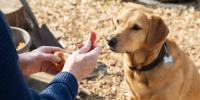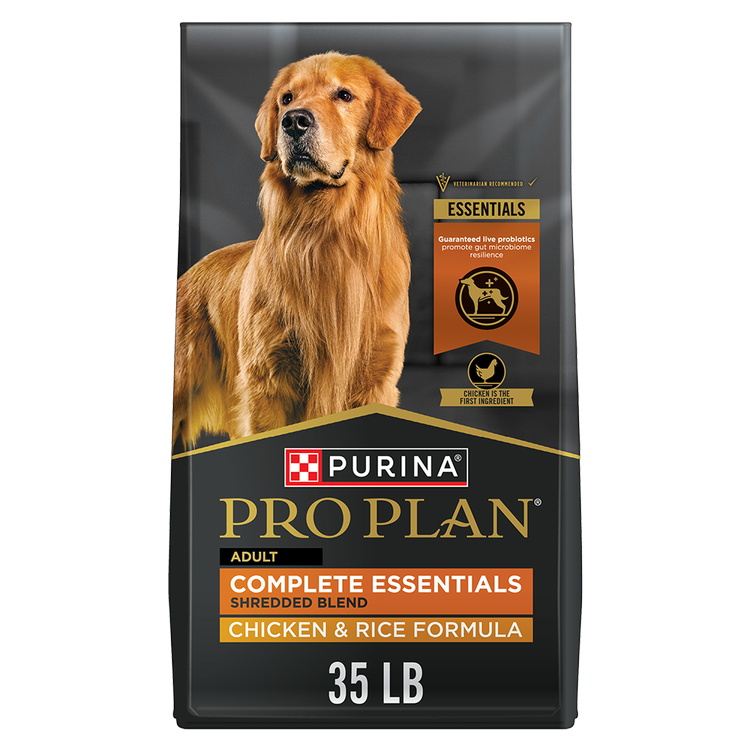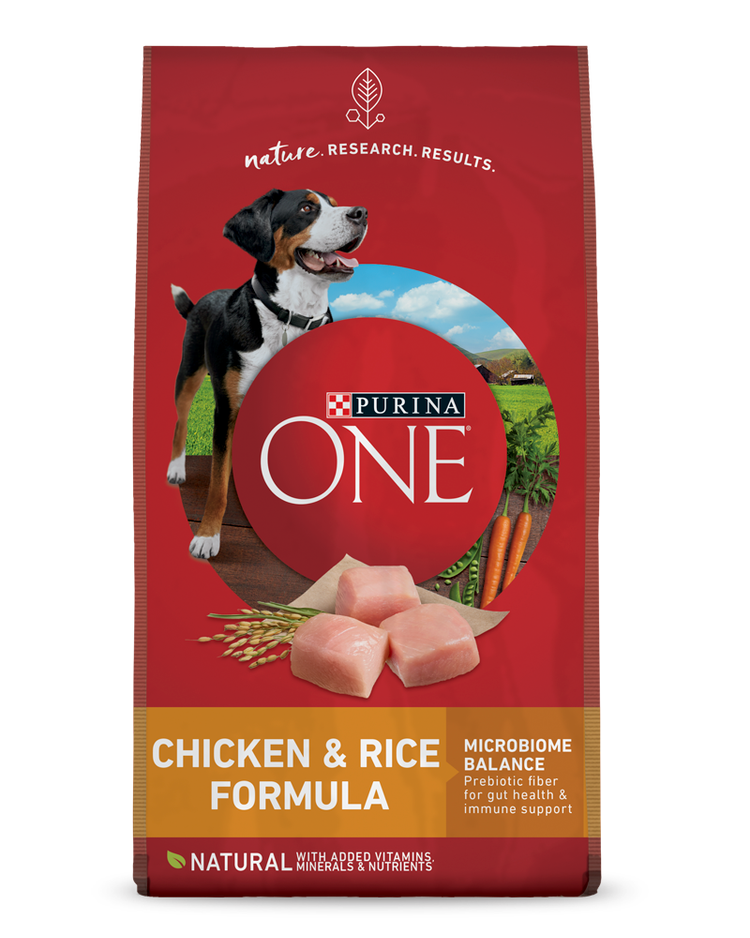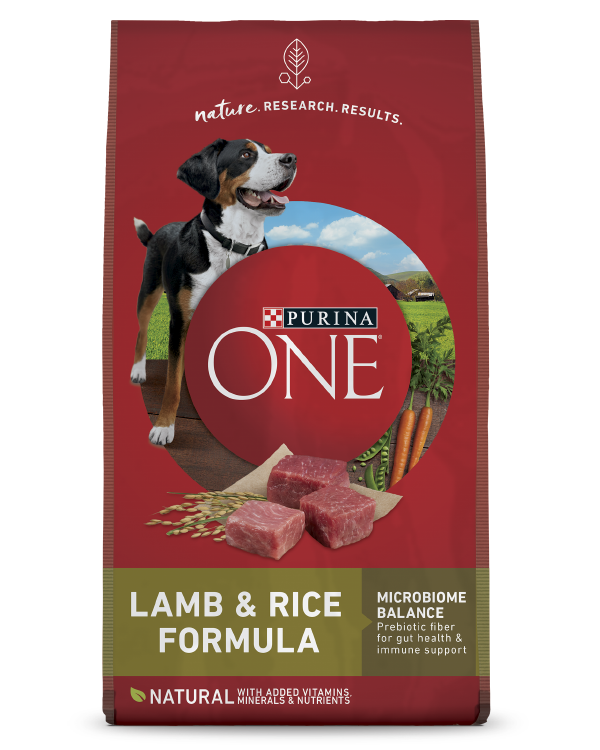Can Dogs Eat Apples? A Guide to Safety


For humans, apples add fiber to our diets, are low in calories and rich in antioxidants and a great source of vitamins A, C, K and potassium. So, if you’re wondering, Are apples good for dogs?, it’s reasonable to assume the answer is yes, right?
Fortunately, it is. Many dog foods include apples as an ingredient. If you plan to share an apple with your dog, it’s important to know how to prepare them and how much to serve.
Can I Feed My Dog Apples?
Dogs can absolutely have apples. Like many fruits, they are an excellent fruit to include in your treating routine. “Apples and other produce such as bananas and carrots can be rotated to change up the flavors and textures,” says Purina nutritionist, Karina Carbo-Johnson, MS.
Dogs can eat any variety of apple. From tart to sweet, all apples are a good treat option for your dog. “Dogs may not consume tart flavors but if you have a favorite variety, try sharing a piece with your dog,” Carbo-Johnson suggests.
Are Apples Good For Dogs?
Apples are good for dogs and benefit their health in several ways. The vitamin C content in apples helps support immune health and delivers a healthy boost of antioxidants to battle against free radicals within your dog’s body and support cellular health.
That being said, “There is vitamin C in apples, but dogs don’t require it. Apples don’t offer much nutritional benefit, as your dog should be consuming a complete and balanced diet,” according to Carbo-Johnson.
Apples also supply your dog with a generous amount of carbohydrates, which provide your dog with the energy they need to romp and play. The fiber content in apples helps your dog’s digestive function, plus weight and blood sugar regulation.
How to Prepare Apples for Dogs
There are steps you should take before serving apple to your dog, which include:
- Wash the Apple: Some apples are treated with pesticides to keep them from being eaten by insects. Pesticides can be bad for your dog, so thoroughly wash the apple before feeding it to your dog.
- Remove the Seeds and Stem: The seeds and stem of an apple are a potential choking hazard for dogs, plus apple seeds contain small amounts of the poison cyanide. While the amount of cyanide in apple seeds is not likely to make your dog sick, it’s best to avoid them.
- Cut into Slices or Chunks: Whether you want to cut the apple into large or small pieces depends on the size of your dog. If you’re feeding a small breed, like a Chihuahua, make sure to cut the apple into small pieces they can eat easily. Larger breeds like Labrador Retrievers or Great Danes can have larger slices, but it’s better to err on the side of too small versus too big.
- Peel the Apple (Optional): Although it’s not mandatory, you may want to peel the apple for your dog. Doing so can make the apple easier to digest and reduce the amount of fiber intake.
How Much Apple Can Dogs Have?
We’ve answered the question, Can dogs have apples?, but it’s important that apples (and dog treats in general) make up no more than 10 percent of your dog’s daily food intake. Also, keep in mind that apples have more sugar than the foods your dog regularly eats.
Too much sugar can lead to digestive upset in the short term and diabetes and obesity in the long term, so keep portion sizes small.
Discover more foods to feed your dog and others you shouldn’t by visiting our Pet Expertise page and hearing from our pet experts.
Related articles

Find Your Pet’s Perfect Food
Use our Pet Food Finder to get a custom recommendation from Purina Nutritionists.






